Last Updated on April 10, 2024 by teamobn
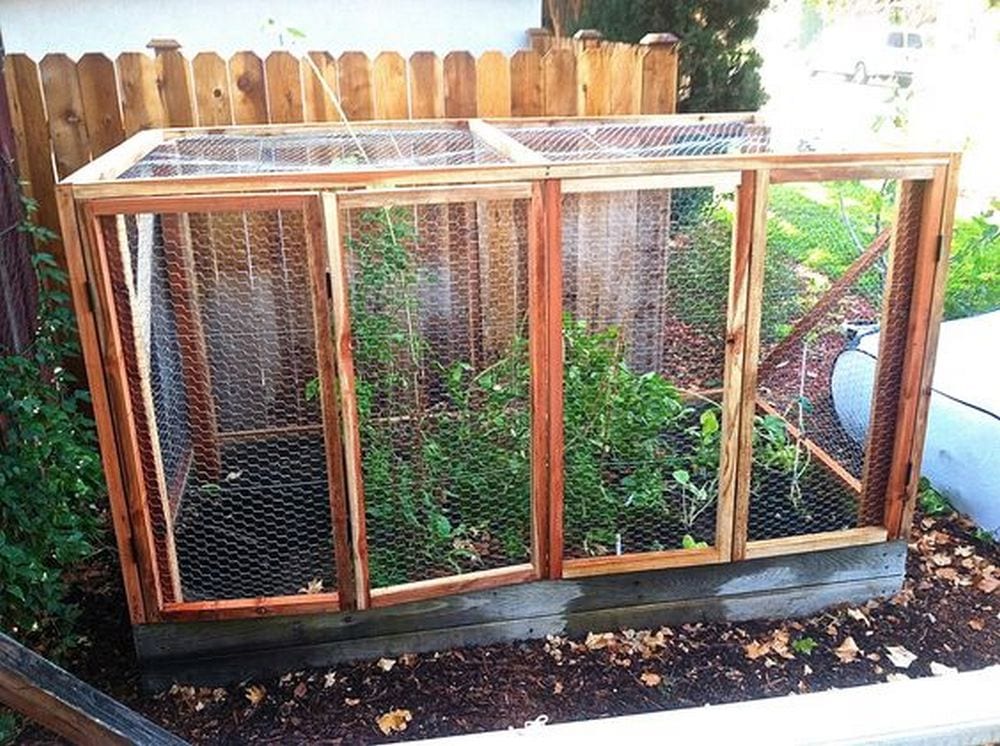
Raised bed gardening with screen is far from a new concept in gardening. In the old days, gardeners used to double dig their beds to form rectangular or circular mounds 1-1 ½ ft. high, with sloping edges. In fact, raised beds are still standard practice in many places that receive much rain. Apart from ensuring good drainage, they also permit a little more planting space for growing vegetables.
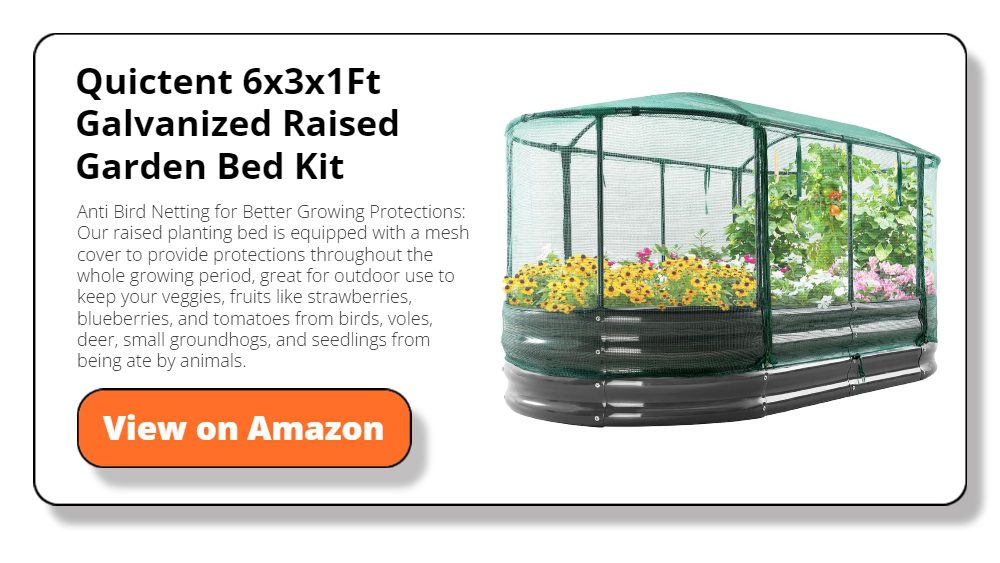
A raised garden bed with screen makes the perfect medium, don’t you think? Over the years, the design for raised garden beds has evolved. Some have incorporated trellises or have used galvanized steel, old tires, water troughs, cinder blocks, and logs. While some have installed screens around it to keep animals and critters away from plants.
Embracing innovation in your garden endeavours opens up a world of possibilities, and one remarkable idea to consider is the installation of protective screens. These ingenious additions serve as a robust barrier, effectively keeping your plants safe.
Picture this: your garden, once vulnerable to the whims of nature and even of animals, is now shielded by a ring of screens that stand as guardians of your horticultural haven.
These screens become a formidable defence, ensuring that your plants remain undisturbed and free to flourish.
Would you like to have your own raised garden bed with screen?
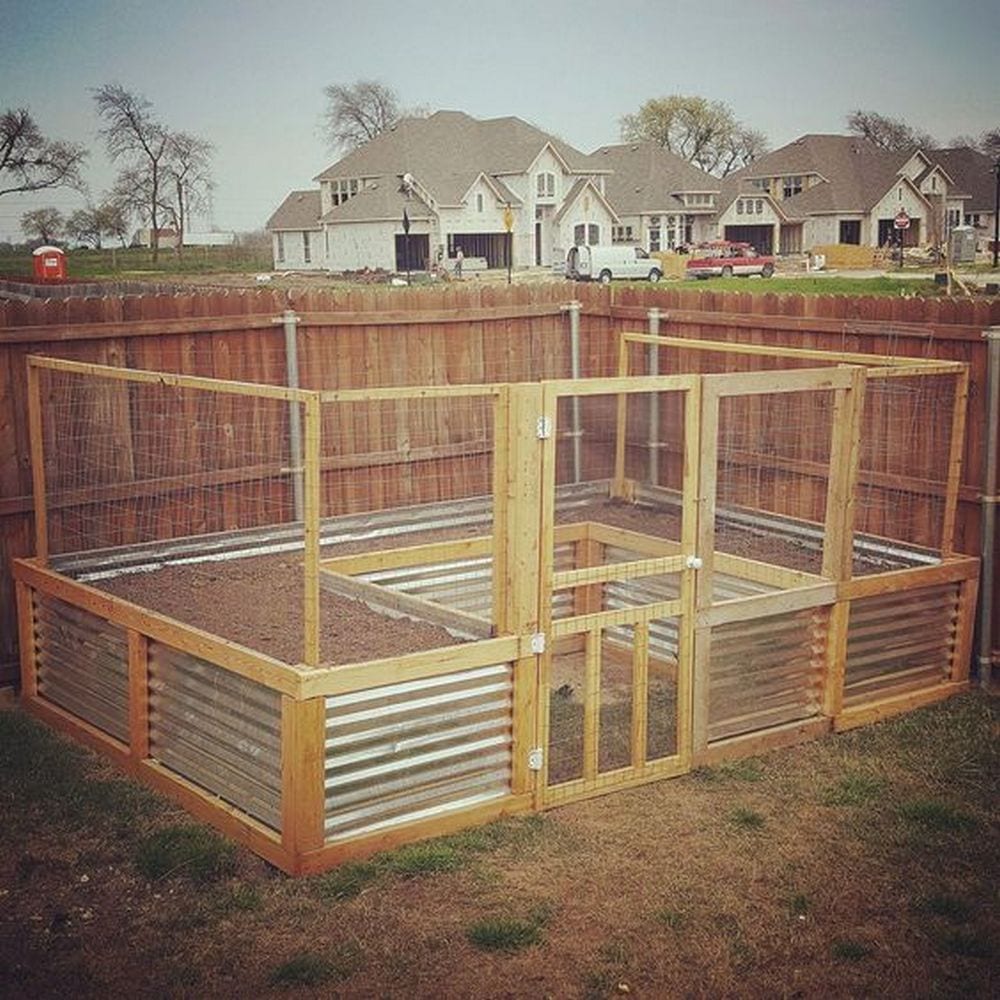
If you already have existing raised garden beds, you can simply make this as an add-on. It’s an easy and inexpensive build with really great benefits.
By opting for a raised garden bed with screen, you’ll unlock a host of remarkable benefits that will elevate your gardening experience. From safeguarding your precious plants against pests to fostering an environment conducive to optimal growth, this add-on is a smart and accessible investment for both your garden’s health and your gardening pleasure.
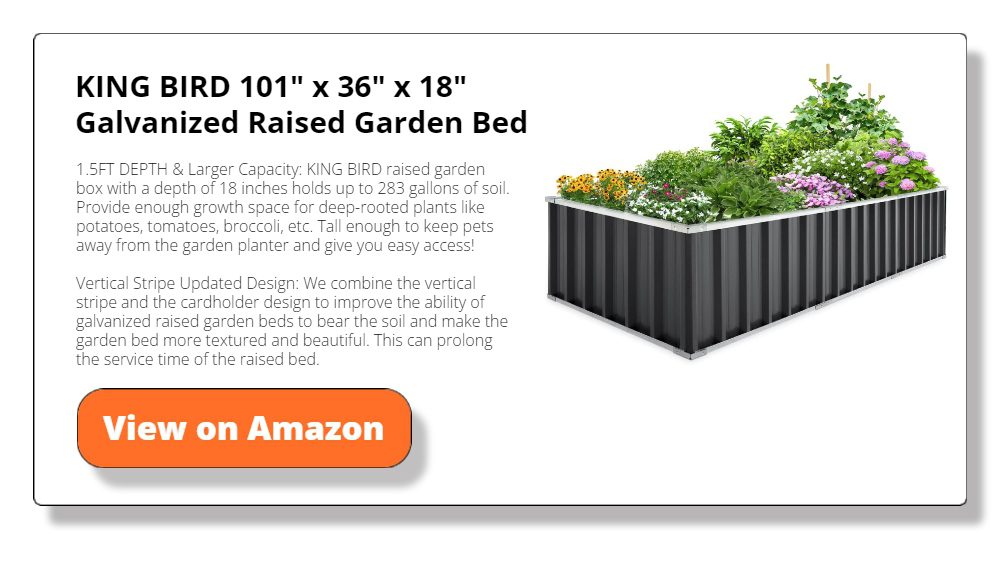
How to Make Your Own Raised Garden Bed With Screen
Contents
Are you ready to transform your outdoor space into a flourishing haven of greenery and tranquillity? Imagine harvesting your own fresh herbs and crisp vegetables all while keeping pesky pests at bay.
In this part, you’re about to embark on a gardening journey that combines practicality and beauty. This raised garden bed with screen is your gateway to creating an oasis that thrives and flourishes, free from unwanted intruders.
Dive into the art of crafting a raised garden bed that’s as functional as it is visually appealing. Gather the essential materials and tools to start making your own raised garden bed with screen.
Materials
- Two 1″ x 2″ x 8′ wood furring strips
- Two 2-foot wood dowels, 5/8″ diameter
- One 2-foot piece of PVC pipe, 1″ diameter
- Eight 1 1/2″ wood screws (I would use a #6 or #8)
- Eight 3/4″ wood screws (I would use a #6)
- Two-four 1″ plastic conduit brackets
- 1-foot x 4-foot piece of hardware cloth
Tools
- Electric drill & drill bits
- Jigsaw
- Tape measure or ruler
- Metal wire-cutting pliers
- Staple gun and staples
- Stain or weatherproof coating (optional)
Click on any image to start the lightbox display. Use your Esc key to close the lightbox.

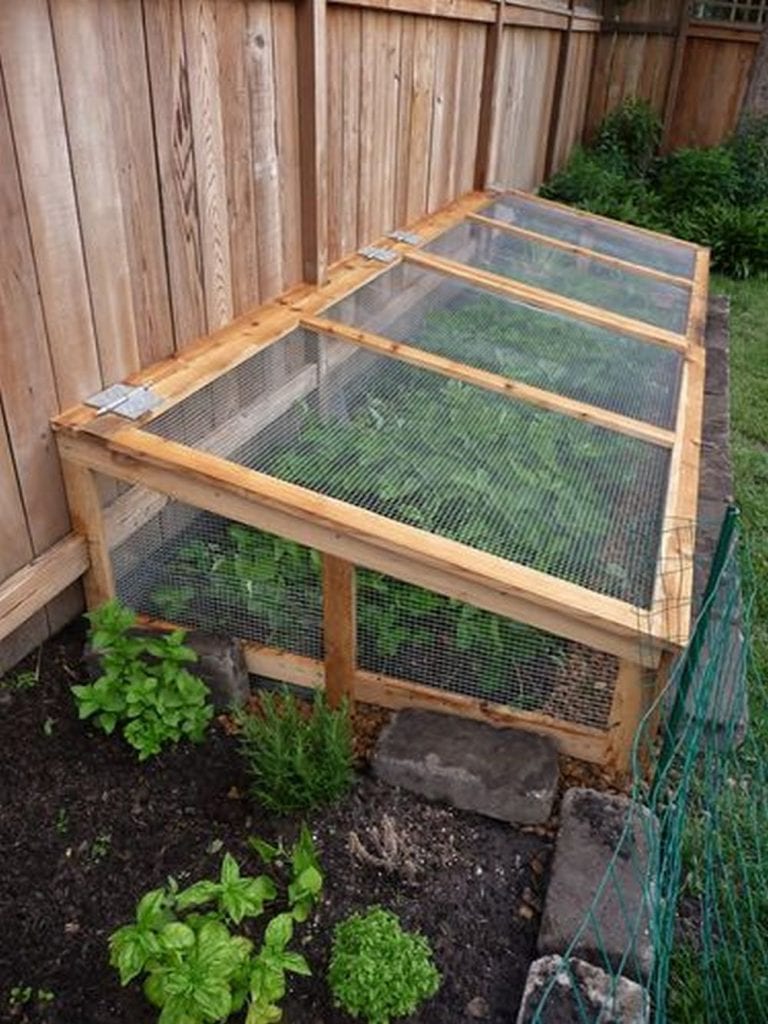


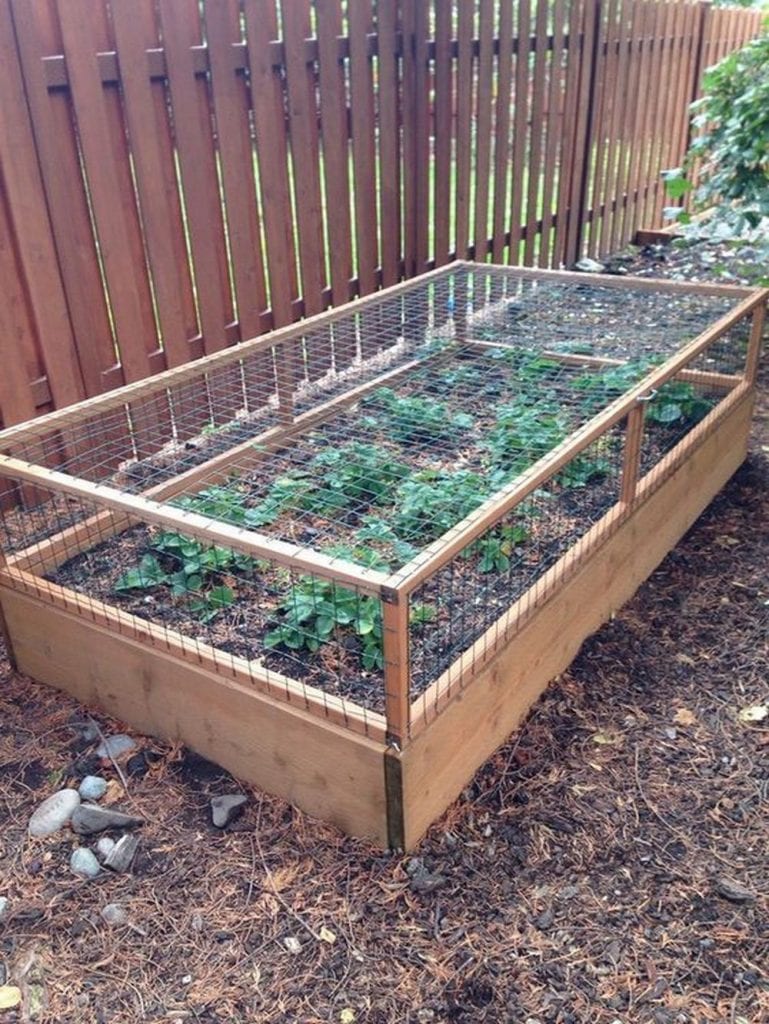


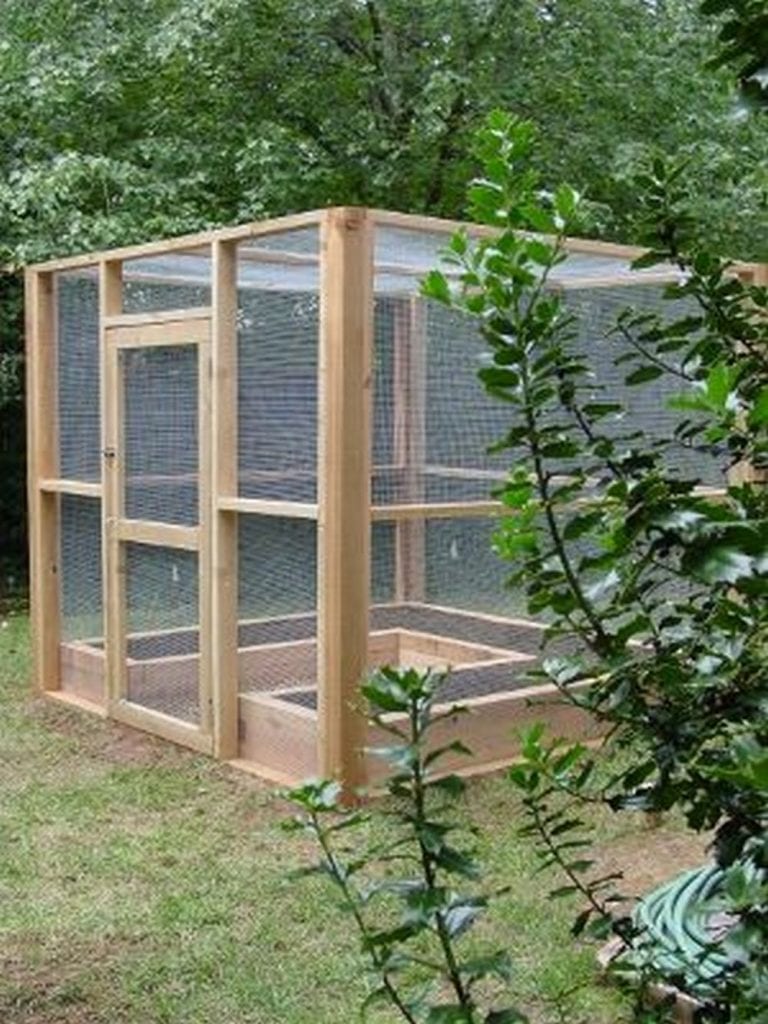
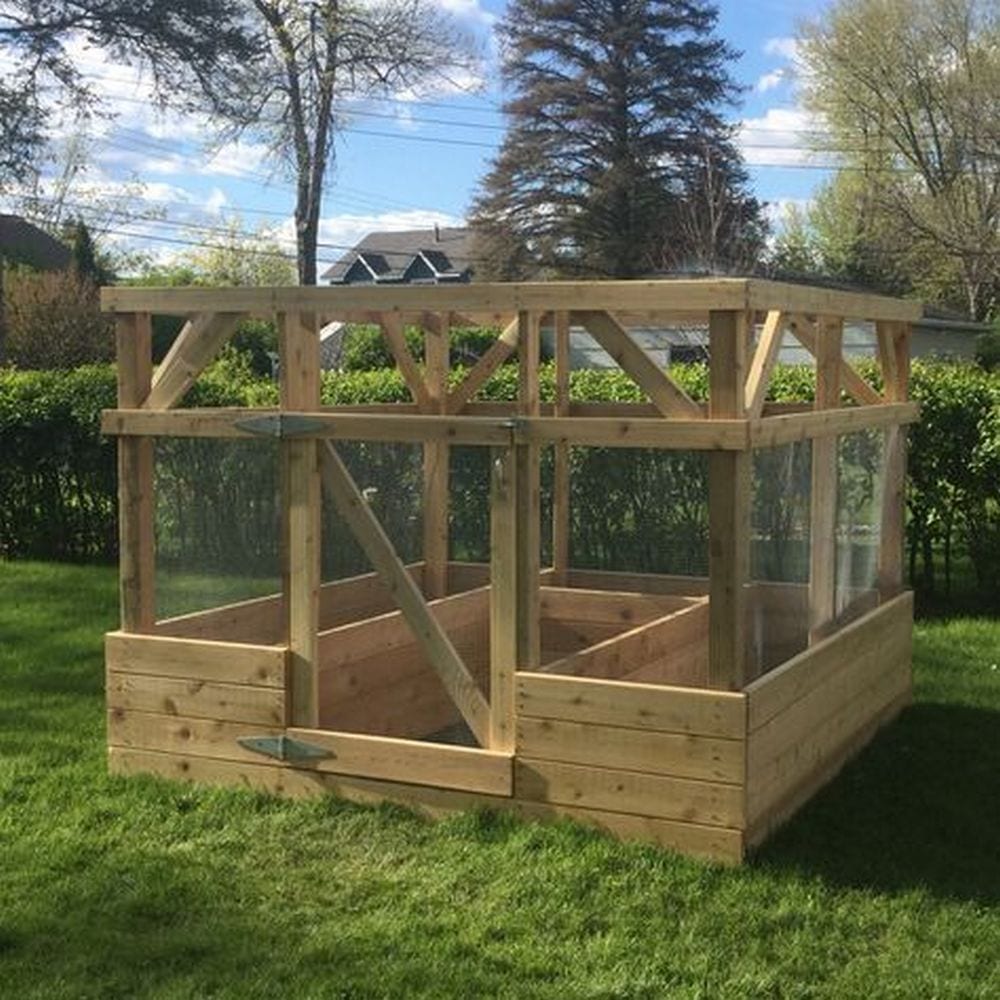
Steps
Step 1: Measure and Cut Wood Strips
Using your tape measure or ruler, measure and cut the two 1″ x 2″ x 8′ wood furring strips into four equal-length pieces, each 2 feet long. These will serve as the corner posts of your raised garden bed.
Step 2: Create the Frame
Lay out the four wood strips on a flat surface to form a rectangular frame. Position the shorter sides between the longer sides, creating a rectangle that is 2 feet by 4 feet in size.
Step 3: Secure the Frame
Using your electric drill and 1 1/2″ wood screws, attach the corners of the frame, ensuring it is square and stable.
Step 4: Prepare the Screen Support
Take your 2-foot PVC pipe and cut it into two equal-length pieces, each 1 foot long. These will serve as support for the protective screen.
Step 5: Attach PVC Supports
Position the PVC supports vertically inside the raised bed frame, one at each end. Secure them to the wooden frame using the 3/4″ wood screws. These supports will help hold up the protective screen.
Step 6: Install Conduit Brackets
Attach the 1″ plastic conduit brackets to the inside of the wooden frame, just under the top edge. These brackets will hold the protective screen in place.
Step 7: Cut and Install the Hardware Cloth
Using your jigsaw, cut the 1-foot x 4-foot piece of hardware cloth to fit inside the wooden frame. It should be the same size as the inside dimensions of your raised bed. Secure the hardware cloth to the frame using a staple gun and staples. This will serve as a protective screen to keep pests out.
Step 8: Optional Weatherproofing
If desired, you can apply a stain or weatherproof coating to the wooden frame to protect it from the elements.
Congratulations! Now, you have your own raised garden bed with screen. You can fill it with soil and plant your favourite vegetables without worrying about unwanted garden visitors.
Special thanks to Fine Gardening for sharing invaluable instructions on how to make a raised garden bed with screen.
Pest Management Strategies for Raised Garden Beds with Screens
Incorporating a screen into your raised garden bed design is a proactive step towards minimizing pest invasions, a common concern for gardeners striving for a bountiful harvest. While the screen acts as a physical barrier against larger invaders, a comprehensive pest management strategy is essential for dealing with smaller pests and enhancing the overall health of your garden.
Here, we explore effective methods to keep your raised garden bed with screen thriving and free from unwanted guests.
Physical Barriers
The screen itself is the first line of defense in pest management for your raised garden bed with screen. It’s designed to keep out birds, rodents, and larger insects. To enhance protection, consider burying the edges of the screen in the soil or securing it tightly around the bed. This prevents pests from finding their way underneath or through gaps.
Organic Pest Control
For smaller pests that might still make their way into your raised garden bed with a screen, organic pest control solutions are safe and effective. Neem oil, insecticidal soaps, and diatomaceous earth can be applied directly to the soil and plants without harming them. These natural remedies deter or eliminate pests without introducing harmful chemicals into your garden ecosystem.
Companion Planting
Strategically placing certain plants together in your raised garden bed with screen can naturally repel pests. For example, marigolds emit a scent that discourages nematodes and other insects, making them an excellent companion for a variety of vegetables and flowers. Planting garlic, onions, or chives around the perimeter of your raised bed can also ward off pests, thanks to their strong scents.
Encouraging Beneficial Insects
Your screened raised garden bed with screen can benefit from the presence of beneficial insects, such as ladybugs, lacewings, and predatory mites. These natural predators feed on common pests like aphids and spider mites. Consider planting flowers that attract these beneficial insects, ensuring a balanced ecosystem within your garden bed.
Regular Monitoring and Maintenance
Regular inspection of your raised garden bed with a screen is crucial for early detection of pest infestations. Look for signs of damage or stress on your plants, and take immediate action if pests are identified. Keeping the garden bed clean and free from debris can also prevent pests from taking refuge in your garden.
Proper Watering Techniques
Overwatering or poor drainage can attract pests and diseases to your raised garden bed with screen. Ensure your bed has adequate drainage and water plants at the base to keep foliage dry. Drip irrigation systems are an excellent way to maintain optimal soil moisture levels without overwatering.
By implementing these pest management strategies, you can enjoy the fruits of your labor in a raised garden bed with a screen, free from the worry of destructive pests. Regular care, combined with proactive measures, will ensure your garden remains a thriving oasis of productivity and beauty.
Guardians of Growth
Discover the art of effortless gardening with eight simple steps to crafting your own raised garden bed with screen. From the humble beginnings of wood and screws to the flourishing culmination of your efforts, this comprehensive guide is your trusted companion in crafting a protected paradise where your most cherished green dreams can not only take root but thrive luxuriously.
As you go through each step with precision and care, you’ll witness the transformation of a simple wooden frame into a sanctuary of abundant growth and beauty. The protective screen you install becomes a shield against unwanted garden invaders, ensuring that your plants receive the tender loving care they deserve.
Within this raised garden bed with screen, you’ll find not only a thriving garden but also a source of endless inspiration and the satisfaction of creating a flourishing ecosystem of your own design.
Get ready to reap the rewards of a pest-free and bountiful garden with ease!








